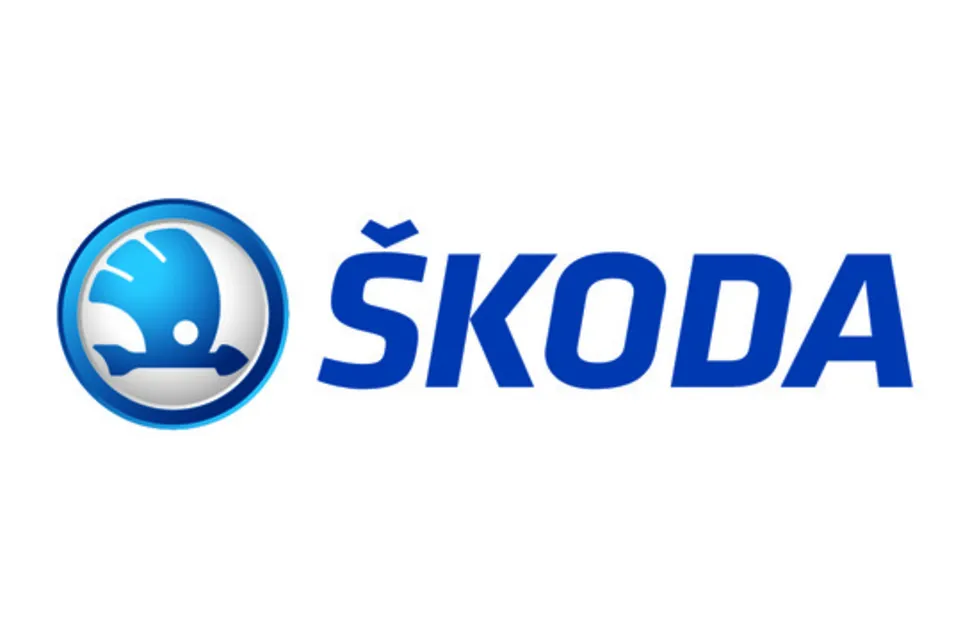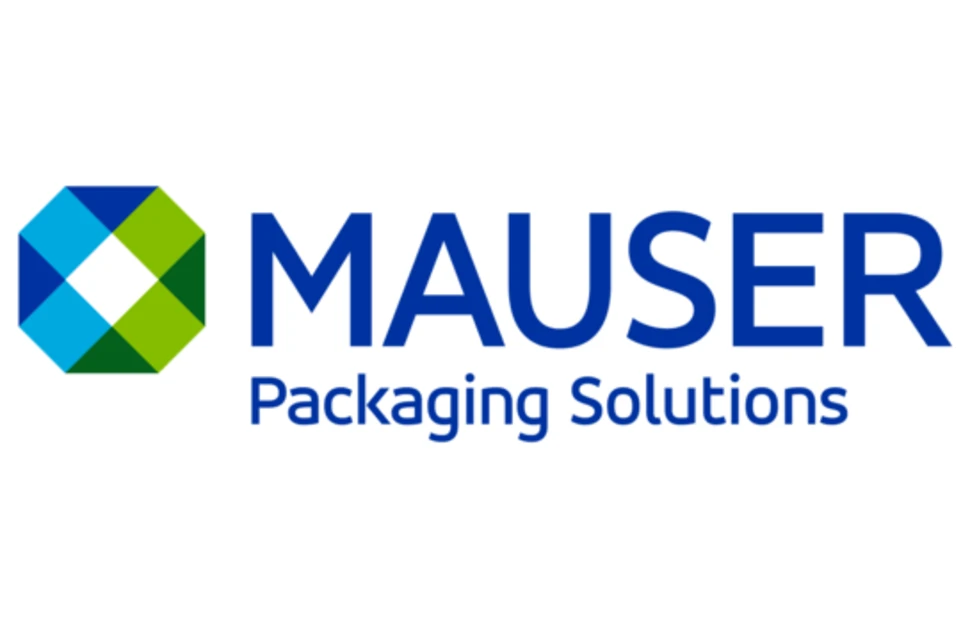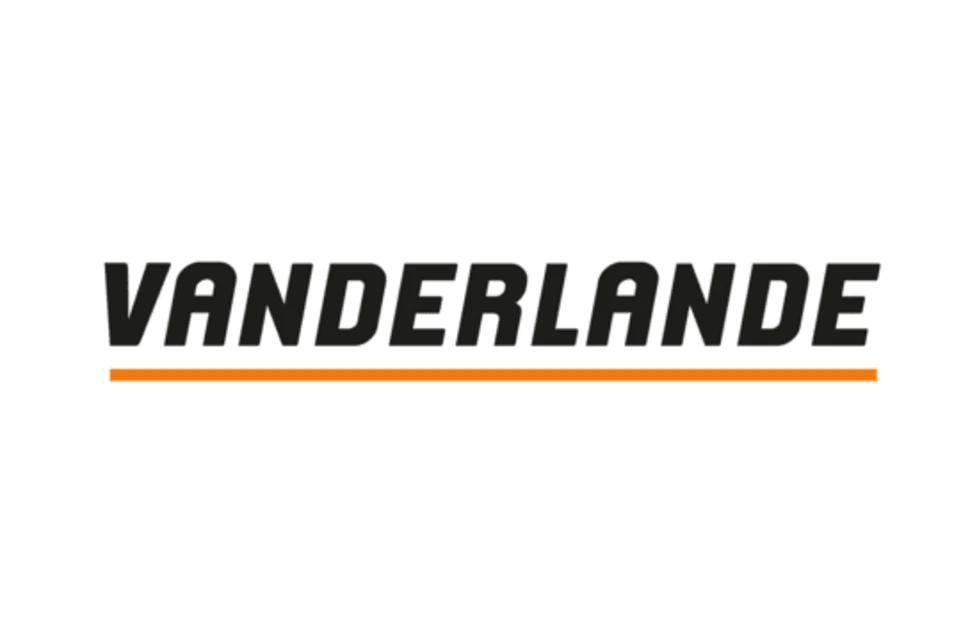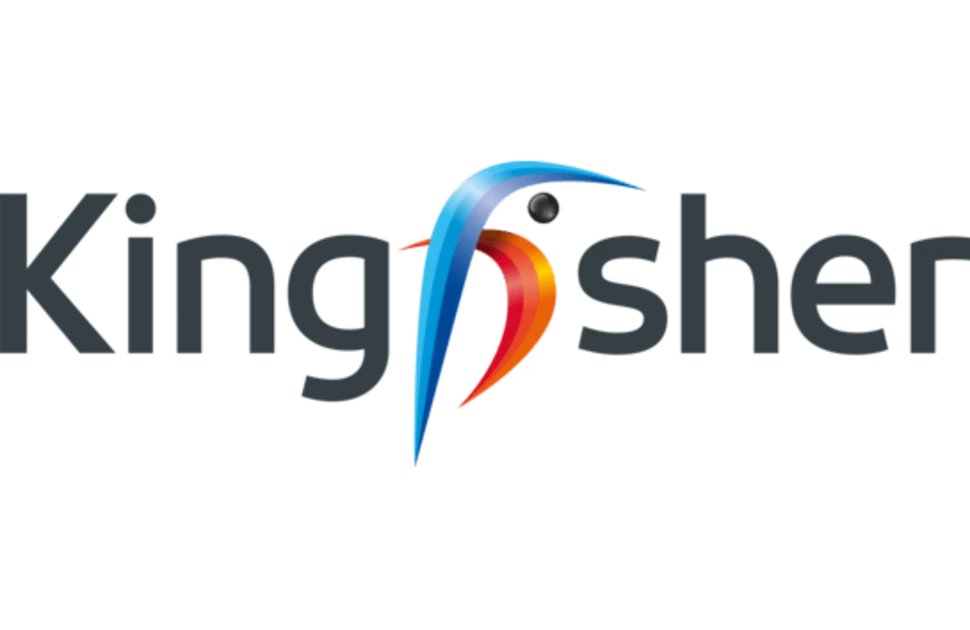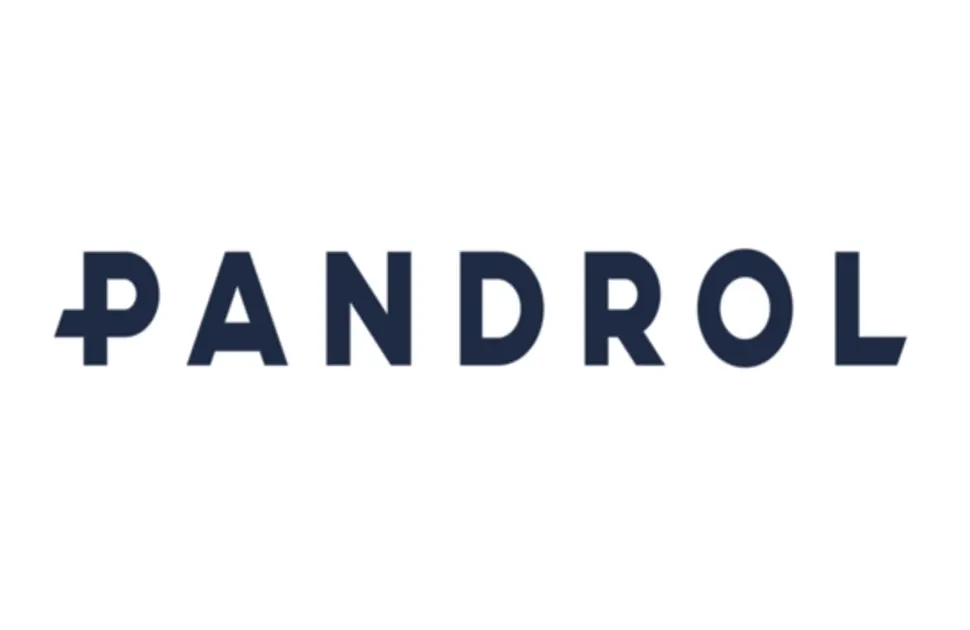Automotive sector challenges extend steel contract negotiations
Automotive sector steel contract negotiations are being pushed back as carmakers aim to cut costs and steelmakers seek to avoid a significant reduction in profits.
MEPS respondents expect that this month’s Euroblech expo in Hannover, Germany, will mark the start of negotiations for 2025 contracts. Few expect these to be quickly resolved, however.
- This content first appeared in the October edition of MEPS International's European Steel Review. The monthly report features steel prices, price indices, market commentaries and forecasts from across the region. Contact MEPS for details of how to subscribe.
The automotive sector is Europe’s second-largest steel-consuming sector, accounting for around 17% of consumption. Around 90% of the steel used by the region’s carmakers is domestically produced.
Coil prices declined in all the markets assessed for the European Steel Review during mid-late September. Amid continued weak demand and tight margins, steelmakers cannot afford for OEMs’ new contract prices to closely reflect the low-cost spot market transactions of late September. Consequently, delaying tactics are being employed in the hope of a change in the market.
In early October, Europe’s steel mills announced list price increases, with ArcelorMittal leading the way with a rise of EUR40 per tonne. Many MEPS respondents suggested this was a tactic to raise price expectations ahead of contract negotiations.
Pressure on Europe’s automotive sector
The European automotive sector’s contract buyers will be targeting sizeable price reductions. Carmakers have reduced their steel requirements in recent months amid declining sales forecasts and reduced profits. Europe’s two largest automotive manufacturers, Volkswagen and Stellantis, have cut their sales and profit expectations for the second half of 2024.
In September, Volkswagen, Europe’s largest carmaker, announced a cost-cutting plan that would see the closure of two factories. These would be VW’s first German factory closures in its 87-year history.
According to Europe’s automotive industry association, ACEA, the region’s new car registrations were up 1.4% year-to-date at the end of September, at 7.2 million units. This is despite an 18.3% decline in August. Sales are expected to decline in the second half of the year as consumer demand continues to be affected by elevated interest rates and the increased cost of hybrid and electric vehicles.
EU’s Chinese EV tariffs
An influx of low-cost electric vehicles (EVs) from China presents a threat to European carmakers’ share of those sales. The European Commission wants all new car sales to be EVs by 2035. Although data from Jato Dynamics showed a 36% decline in European EV sales in August, Chinese brands’ market share increased to 15.5% – up from 10.5% a year earlier.
The European Commission now plans to legislate against Chinese EV imports. On October 4, EU member states voted in favour of imposing tariffs of up to 45% for at least five years. The action follows the United States’ application of 100% duties on Chinese EVs. Germany was one of five European countries to vote against the measures, which were supported by 10 member states as 12 abstained.
Fears of retaliation are central to opposition to the proposed tariffs. Europe’s carmakers want to retain access to China – the world’s largest new car market – despite challenges in Asian markets. Volkswagen cited “intense competition” in China as sales into its Asia Pacific region declined 11% (to 2.27 million vehicles) in the first nine months of this year. BMW’s sales into Asia fell by 10.7% (to 699,262 vehicles) in the same period.
Europe’s automotive sector is a key consumer of domestically produced steel. It is also central to the region’s decarbonisation, through the adoption of green steel. In the near-term, however, reduced sales and pressure on profits will exert downward pressure on the prices that many OEMs are willing to pay for their material.
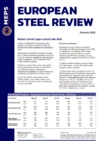
Source:
European Steel Review
The MEPS European Steel Review is an informative, concise and easy-to-use monthly publication, offering unique professional insight into European carbon steel prices.
Go to productRequest a free publication
